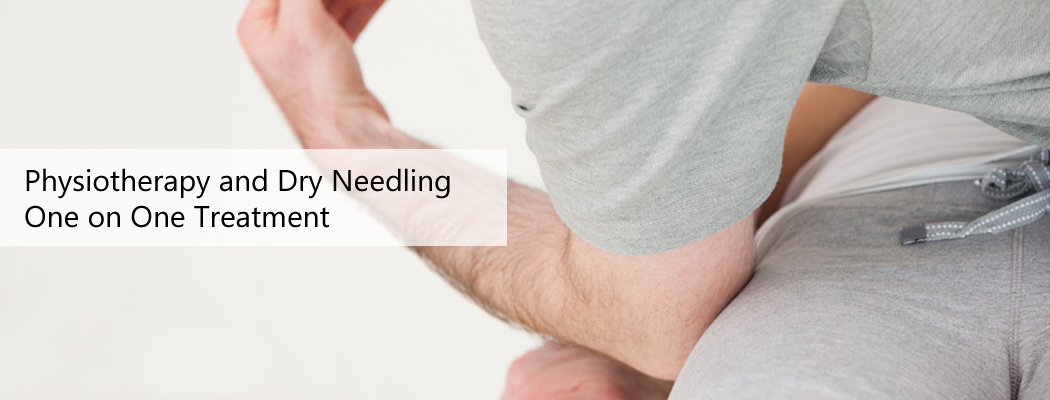Q: My 18-year-old son is in need of an ACL reconstruction. The surgeon laid out all of the different choices -- hamstring tendon graft, patellar tendon graft and choosing from using his own tissue or going with a donor bank. What's best in regards to quick recovery and returning to sport?
A: Anterior cruciate ligament (ACL) reconstructions are one of the most commonly performed surgical procedures among young athletes today. Rehab is often advised first in order to save the athlete from having surgery. But when this conservative step fails to restore joint stability, then the surgeon may recommend reconstruction to replace the ruptured tendon with a tendon graft.
As you've discovered, there are two graft sites for harvesting the needed tissue (hamstring tendon or the patellar tendon). And patients have the choice of using their own tissue (an autograft) or using tissue from a donor bank (an allograft).
Allografts have become increasingly popular with surgeons based on the fact that these are easy to use, come in a wide variety of sizes to choose from, decrease the time the patient is in surgery, and eliminate pain and problems at the donor site when patients use their own tissue. But the question arises: is the risk of infection higher with donated tissue?
And the same question arises for the two types of graft collection sites. Is the risk of infection greater using one type over another?
According to a recent study from the Hospital for Special Surgery in New York City, the overall incidence of infection is very low (less than one-half of one per cent). The authors reviewed the charts of 3126 patients at their facility who had this type of surgery. The rate of infection wasn't any higher in the allograft (donor bank) tissue than for patients using their own tissue (autograft).
However, hamstring autografts did seem to have a higher risk of infection than patellar tendon grafts. This result has been reported by other researchers. There is some thought that the way in which the hamstring tendon grafts are sterilized might be the reason for an increased risk of infection with these grafts.
As far as recovery time, the rehab for ACL reconstructions is about the same regardless of graft type used (hamstring versus patellar tendon). The main difference is between allografts and autografts. With allografts from a donor bank, there are no painful symptoms or donor site problems to deal with. There is a (low) risk of tissue rejection that doesn't happen with autografts because the autograft uses the patient's own tissue. But autografts can be very painful, develop scar tissue, and restrict tendon mobility.
Your surgeon is the best one to advise you in this decision. It's good to have some idea of the pros and cons of each treatment approach. Each surgeon also relies on his or her experience in doing this procedure. He or she may have a preferred method and operative technique. Ask if this is the case. The surgeon may have a specific recommendation that can help you make this decision.
Reference: Joseph U. Barker, MD, et al. Effect of Graft Selection on the Incidence of Postoperative Infection in Anterior Cruciate Ligament Reconstruction. In The American Journal of Sports Medicine. February 2010. Vol. 38. No. 2. Pp. 281-286.




